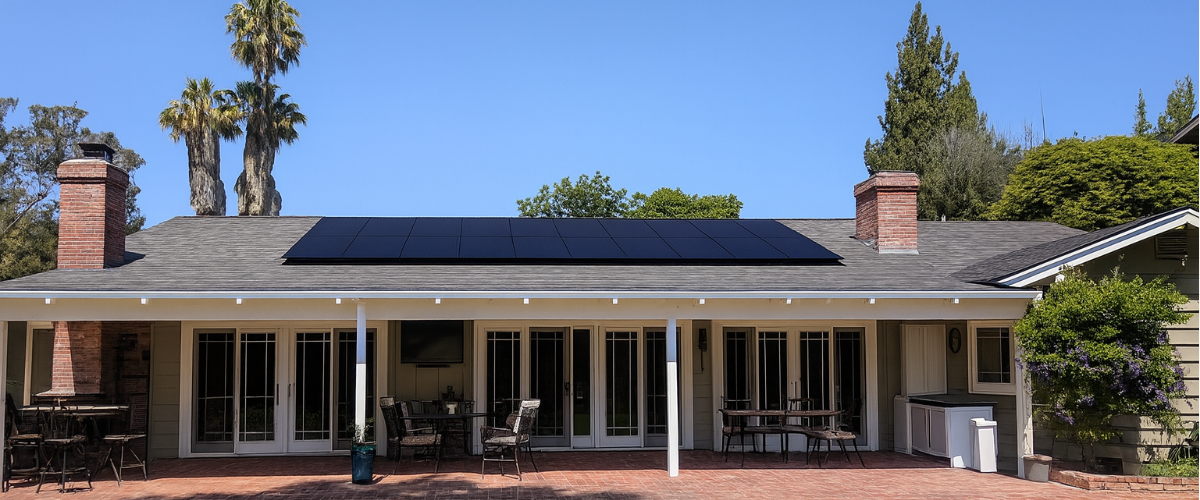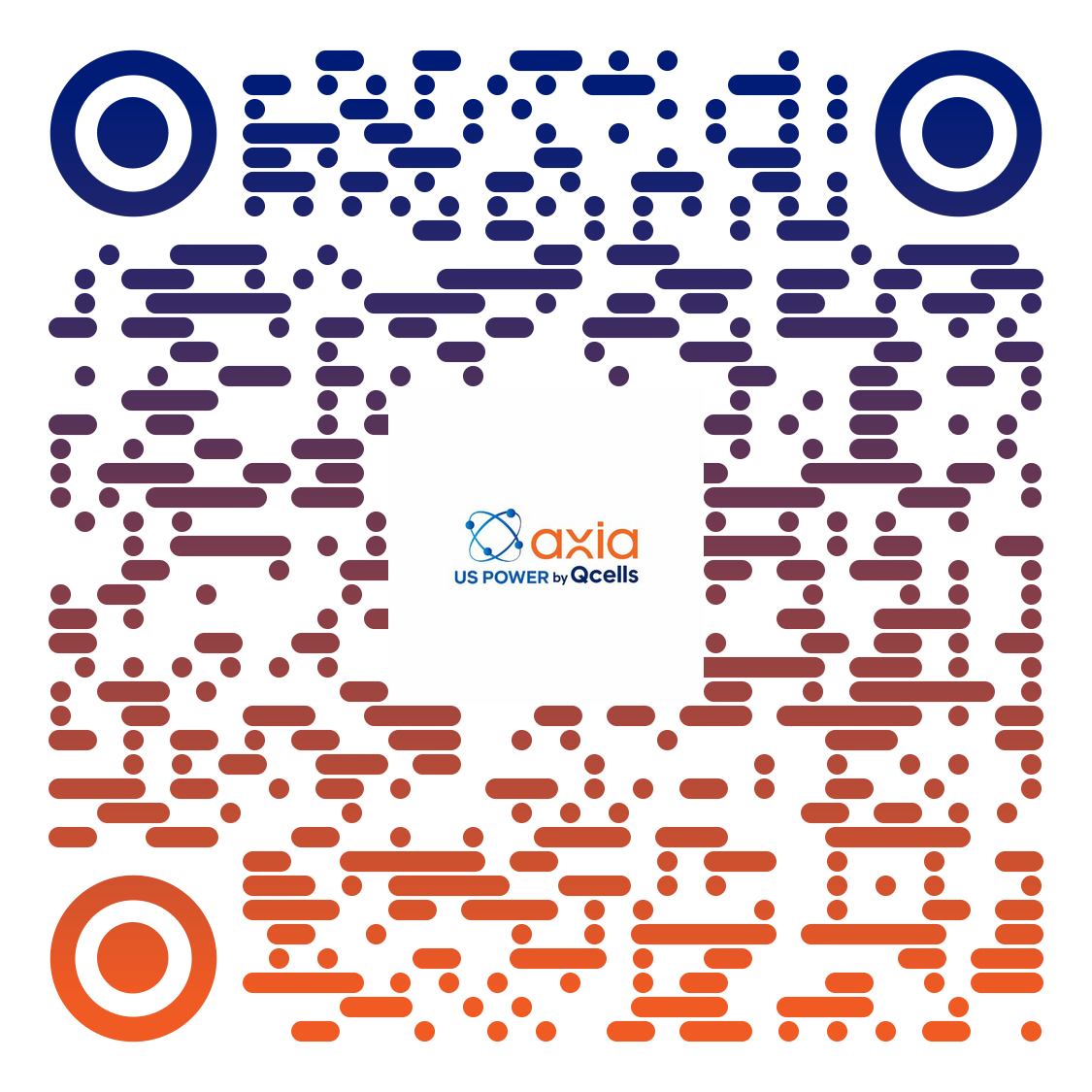Are Batteries Worth It for Solar in California?

Solar and Roofing Advisor
Batteries aren’t required for solar, but they can improve savings and resilience. See when California homeowners should go solar-only—or solar + storage.

Many homeowners wonder whether battery backup is required alongside a solar installation. The short answer? No—you absolutely can use solar panels without batteries, and in fact, most residential solar systems in the U.S. are sold without storage.
Still, whether batteries are worthwhile will depend on your energy goals, utility policies, and regional considerations—like Southern California’s changing net metering rules. Here's how to decide:
Going Solar Without a Battery: How It Works
A battery-free solar setup is typically a grid-tied system, which means:
- During the day, solar panels power your home directly.
- Anything you don’t use goes back to the grid.
- When the sun isn’t shining, you pull power from the grid, using net metering credits to offset usage later.
This system is simple, affordable, and highly effective—especially in areas like California with strong net metering policies.
Benefits of Battery-Free Solar Systems
- Lower Upfront Cost – Batteries can add $10,000–$20,000 or more to installation costs.
- Simplified Design & Maintenance – No need for complex inverters, battery management, or additional systems components.
- Efficient Daytime Use – If your energy usage aligns with daylight hours, solar alone provides optimal performance.
- Net Metering Leverages the Grid as a “Virtual Battery” – Export excess solar for credits you can use later.
Drawbacks of Not Having a Battery
- No Backup Power During Outages – Grid safety rules require solar systems to shut off during blackouts, leaving your home without power even if the sun is shining.
- Continued Utility Dependence – At night or during storms, you'll rely on the grid. As utility rates increase, this reliance erodes long-term savings.
- Lost Opportunities with Time-of-Use (TOU) Pricing – Batteries can store cheap midday solar energy for use during expensive peak periods; without them, that benefit is out of reach.
When Batteries Make Sense in SoCal
- Frequent Outages – In areas prone to Public Safety Power Shutoffs (PSPS), batteries provide essential backup power.
- TOU or Demand Charges – Households with expensive peak-hour rates can benefit from storage solutions that shift energy use to low-rate periods.
- Future-Proofing – Battery prices are decreasing, and adding storage enhances resilience and home value—even if you install solar now and add batteries later.
A Balanced Hybrid Option
Many California homeowners choose a middle path: a grid-tied system now, with the option to add storage later. Many modern inverters are storage-ready, letting you scale up your system as needs—or budgets—evolve.
Bottom Line
Solar panels can save you money and reduce carbon footprints—even without batteries. But if reliability, rate optimization, or resilience matter to you, a battery system can turn your solar investment into a long-term energy strategy, not just a mid-day power source.
Want help deciding if battery backup is right for your home—or building a system that’s storage-ready from day one? Reach out to US Power today for your personalized solar + storage plan.
Related Articles
Our Related Blogs
Check ADU solar rules and Title 24 standards to stay compliant in California.
Understand typical daily electricity usage for California homes to plan solar.
Solar costs steady but rates rise — go solar now and save big with US Power.
Our Solar and Roof Brand Partners








We empower communities and businesses to harness clean, renewable solar energy solutions that drive sustainable growth.
Ready to Own Your Power? Call us today!
818-650-8010
Copyright © 2025 US Power - Axia by QCells. All Rights Reserved.
Privacy is important to us, so you have the option of disabling certain types of storage that may not be necessary for the basic functioning of the website. Blocking categories may impact your experience on the website.
Essential
These items are required to enable basic website functionality.
Personalization
These items allow the website to remember choices you make (such as your user name, language, or the region you are in) and provide enhanced, more personal features.
Marketing
These items are used to deliver advertising that is more relevant to you and your interests.
Analytics
These items help the website operator understand how its website performs, how visitors interact with the site, and whether there may be technical issues.
We and our third-party partners use cookies and other technologies to enhance and track your experience on this site, conduct analytics, and personalize marketing to you. By using the site, you agree to our use of these technologies, including recording and monitoring your interactions with the site.
Get an instant solar estimate using satellite!









